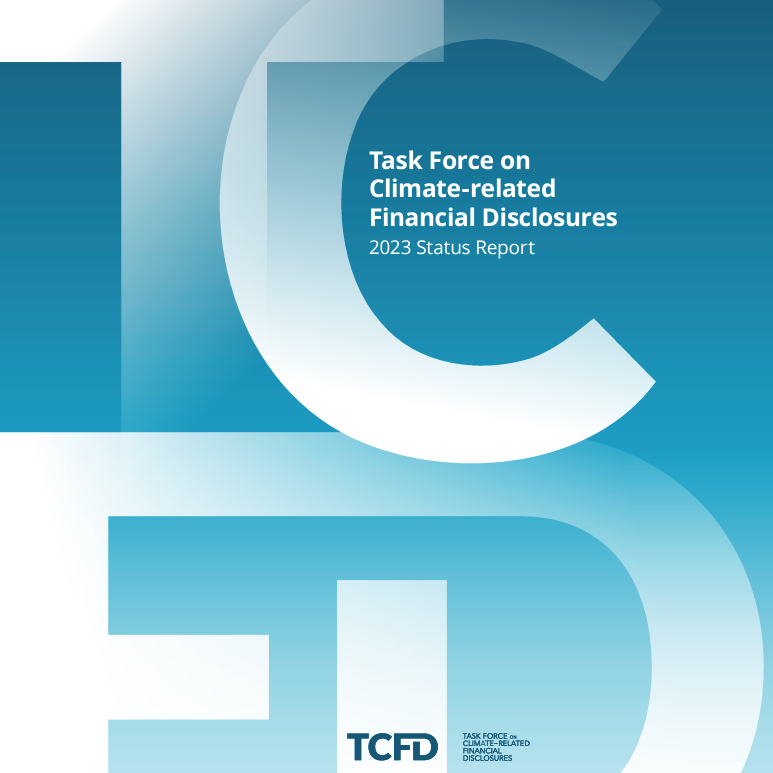5 Key Steps of a Dust Hazard Analysis
/In industries ranging from manufacturing to agriculture, combustible dust poses a significant yet often overlooked hazard. To address this concern, the National Fire Protection Association (NFPA) has developed standards aimed at mitigating the risks associated with combustible dust. Read this article to learn about NFPA's combustible dust standards and how to complete a Dust Hazard Analysis (DHA), an essential component of managing combustible dust hazards.
Read More


























